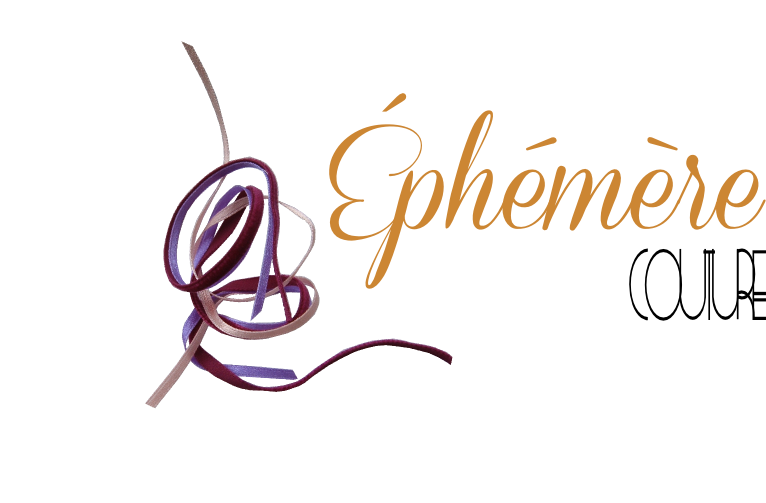finally, a day of almost nice weather! I mean, I thought time was going backwards and winter was there again. No! I don't want to shovel any more snow!!
I have been sewing summer clothes for a few weeks now and haven't been able to wear any of my new outfits. Rain, rain, and some more rain, made even impossible to take pictures inside because of the lack of light. I'm telling you, depression was right around the corner.
You can imagine how delighted I was Sunday when finally I could wear my new bermuda. I don't know how it's called in English.
It's a very preppy look, in French some people would certainly call it BCBG. I just find that practical. Those very long rainy days allowed me to think about what I really wear in summer. And let's be honest here, Brittany is a great place for holidays, but you never know what the weather is going to be. So I chose to make a piece I am sure to wear.
I made it with the big piece of fabric I bought at the Stoffmarkt Holland market.
It's cotton. I think. I don't know if I red the label, and even if I did it was certainly written in German, and you know the state of my German. It's shameful.
The fabric is very soft on the inside, love it. But has no stretch. This is why I made the pattern with a straight pant pattern, slightly narrow at the knee. I want to be able to ride my bike with it.
As usual I made Italian pockets at the front.
Can you see me holding my tummy in on this one?
The pocket on the back is a fake one. According to my book, it's a flap under a velt. Correct translation anyone?
but it's not! Can you see where the pocket stops, just above my thumb?
I do that sometime, because I don't use my back pockets, and my pants are usually very, very tightly fitted on my butt. So there's no place for a real pocket there, and when I make one, usually you can see it through the fabric. I don't find that particulary nice looking.
I used a very rigid interfacing for the belt. A vliseline H250 for the French readers. I worked wonderfully, I think it's the most beautiful belt I have ever made. It holds superbly, no wrinkles. I have to admit that last time I made a belt, I had to remove all the finishing stitches and stitch it again because it was crap, so this time I payed attention.
See, no place for a pocket here!
But why is she dancing in the garden, pretending it's warm?
Because I also made a T-shirt! I love it.
Of course, the fabric was also bought at this famous market. I tried something new, well two new things. One worked, and the other, well, you can almost see it.
First construction.
Lining the strips before cutting
It is out of question that my stripes are not matching, it's a big no no.
And then preparing the different parts of the pattern to match.
I mark on the pattern where the stripes are. Then I put the front and back pieces of the pattern on top of each other and report my marks on the other pattern pieces. This way I make sure that when I stitch the pieces together the stripes line up.
So what is new about this T-shirt?
It has sleeves, but they are fake kimono ones. I love it. I just lowered the armhole of 5 cm and at 2,5 cm from that point to the side traced a curve for the under arm. Then prolonged the shoulder by I think 10 cm and traced a perpendicular line to join the under arm curve.
Then I tried, to make a cowl neckline. But I think I didn't make the collar wide enough. Scratch that. IT IS NOT WIDE ENOUGH!!But it's there see:
And there, can you see it at the collar? What are you saying? You need a magnifying glass to see it? Can't you see the sort of drape at the front ?
Anyway, I have made a drawing of how to make the pattern of a cowl neckline:
Take your basic pattern. Choose where the neckline begins at the shoulder and on the middle front line, then trace a perpendicular line beginning at the middle front and stop it a few centimetres away. This is where I made my mistake. I didn't trace this line far away enough from the middle front. The longer this line is, the more draped is your neckline. Then trace your new middle front beginning at the hip line and joining the lower part of your neckline.
Easy enough, but if you want a very draped top, then you won't be able to have a fitted garment.
And depending on where you start your "décolleté" you may have to shift your bust dart.
That's all for today. I am actually working on the cutest top. I hope the weather is going to be warm enough so that I can wear it (witch is the purpose of my sewing :-), and most important take pictures!!
Oh, I tried to have some non blurry pictures this time. It's getting better, but there is still a long way to go. Ah, men...
see you soon.
















No comments:
Post a Comment